How to Install Raspbian XP on Raspberry Pi
Although I’m a massive Linux devotee, I still use Windows regularly on my gaming desktop and laptop. While Linux gaming has made tons of advancements, it’s still somewhat behind Windows. For instance, without my Windows PCs, I’d have been unable to play virtual reality tour de force Half-Life: Alyx. Growing up, Windows XP was one of my favorite operating systems. Aesthetically, it was beautiful, and on Windows 7, I frequently utilized Windows XP Mode for running older software. And with Raspbian XP Professional, you can relive the glory of Windows XP through a lovely Linux distribution (distro) for the Raspberry Pi! Learn all about Raspbian XP, from what it is to how to install it, and if you should use Raspbian XP!
What is Raspbian XP Professional?
From a cursory glance at its desktop environment, you’d be hardpressed to differentiate Raspbian XP Professional from Windows XP. However, this Raspberry Pi 4 compatible OS, despite its appearance, is a Raspbian Linux-based distro. It’s skinned to look like a spitting image of Windows XP, complete with the blue taskbar, green start menu icon, and default Bliss background with its blue sky daubed with clouds, and rolling green hills below.
Yet, Raspbian XP is much more than merely a Linux distro engineered to emulate the aesthetic of Windows XP on the Raspberry Pi 4. Instead, this Raspberry Pi OS packs in a slew of software that enables you to run various non-native Linux games and applications. The Box86 Raspberry Pi emulator comes built-in, an excellent Linux gaming emulator for running x86s games or programs. Plus, you’ll find retro gaming emulators like Redream for Sega Dreamcast emulation, and PPSSPP for playing PlayStation Portable (PSP) ROMs baked in. Further, Chromium Media Edition arrives pre-installed with digital rights management (DRM) for streaming from various sources such as Netflix on the Raspberry Pi. Raspbian XP hails from Pi Labs, and if you’re more nostalgic for Windows 95, there’s Raspbian 95 as well.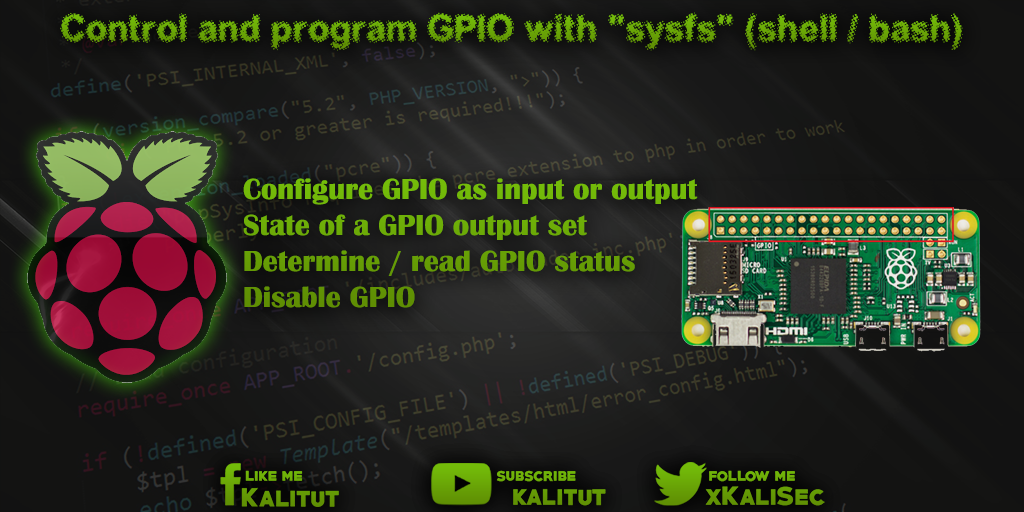
Raspbian XP features:
- Windows XP lookalike
- Bliss Windows XP desktop background
- Includes Box86 emulator for running x86 games on the Raspberry Pi 4
- Chromium Media Edition pre-installed for Netflix streaming on the Raspberry Pi
- Retro gaming emulators onboard including PPSSPP and Redream
How to Install Raspbian XP on the Raspberry Pi 4
For a Windows XP experience on the Raspberry Pi 4, you’ll need a Raspberry Pi 4 board. Especially if you wish to utilize your Raspberry Pi as a desktop, I’d recommend snagging the 4GB RAM model, as the additional memory will drastically benefit multi-tasking such as running multiple programs simultaneously or opening several web browser tabs. You’ll need a microSD card to install Rasbian XP on, as well as peripherals such as a keyboard and mouse. A case is optional though highly recommended. And you’ll need an HDMI-enabled display such as a monitor, TV, or projector as well as a micro HDMI to HDMI cable for connecting your Pi to your display.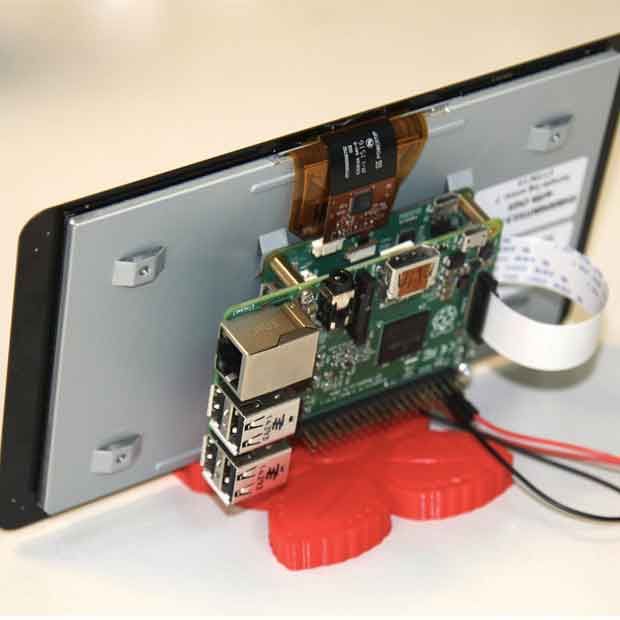 To power the Raspberry Pi, you have to use a compatible USB-C power supply unit (PSU).
To power the Raspberry Pi, you have to use a compatible USB-C power supply unit (PSU).
Aside from hardware, you’ll need an active Internet connection, either ethernet or Wi-Fi. An image mounting program such as Etcher will be necessary, plus an image extraction app is required to unzip the decompressed image.
Win XP Raspberry Pi 4 build parts list:
- Raspberry Pi 4 (8GB model recommended)
- Compatible Raspberry Pi 4 case (optional, recommended)
- USB-C PSU
- micro HDMI to HDMI cable
- microSD card
- Keyboard/mouse
- Image mounting program (i.e. Etcher)
- Image extraction program (i.e. 7Zip)
- Active Internet connection (wireless or ethernet)
- HDMI-enabled display (monitor, TV, or projector)
- Raspbian XP download
Total cost: $35+ USD. You can cop a Raspberry Pi 4 2GB RAM variant for around $35. For improved multi-tasking, I highly suggest snagging the 4GB Raspberry Pi 4 board which will drastically enhance your desktop experience running multiple apps and programs simultaneously. Depending on what you’ve got lying around, you might only need to pick up a Raspberry Pi board. If you need a Raspberry Pi, case, and power supply, buying a complete Raspberry Pi kit is your best bet.
For improved multi-tasking, I highly suggest snagging the 4GB Raspberry Pi 4 board which will drastically enhance your desktop experience running multiple apps and programs simultaneously. Depending on what you’ve got lying around, you might only need to pick up a Raspberry Pi board. If you need a Raspberry Pi, case, and power supply, buying a complete Raspberry Pi kit is your best bet.
Raspbian XP Download
To begin, obtain a Raspbian XP download. It’s a compressed 7z file, so you’ll need to extract the compressed image with a program such as 7Zip. Or, depending on the software you’re using to mount an image to your microSD card, you may be able to simply mount the image without extracting. Etcher, for instance, can burn an image without extracting it.
Once you’re ready to burn either the 7z file or unzipped Raspbian XP image to a microSD, fire up your image burning program, like Etcher. Point it to your Raspbian XP image and your desired boot medium, in this case a microSD card. When everything’s properly configured, hit flash. Wait for image burning to finish up and when it’s complete, pop your microSD into your Raspberry Pi and power it on.
When everything’s properly configured, hit flash. Wait for image burning to finish up and when it’s complete, pop your microSD into your Raspberry Pi and power it on.
Raspbian XP on the Raspberry Pi 4 — A Windows XP Clone for the Pi 4
Initially booting into Raspbian XP Professional, I was astounded at how closely this Debian Linux-based distro captured the experience of running Win XP on a Raspberry Pi 4. Detailed splash screens emulate the boot screens found on genuine Windows XP operating systems, and the desktop graphical user interface (GUI) is a spitting image of Windows XP. There’s the blue taskbar, green Start menu icon, Bliss desktop background, and even the same style of desktop, application, and folder icons. General usability is superb. Raspbian XP is simple enough. You can use all pre-installed applications out-of-the-box, and getting connected to Wi-Fi is as easy as selecting the network icon, choosing your wireless network, and entering a password.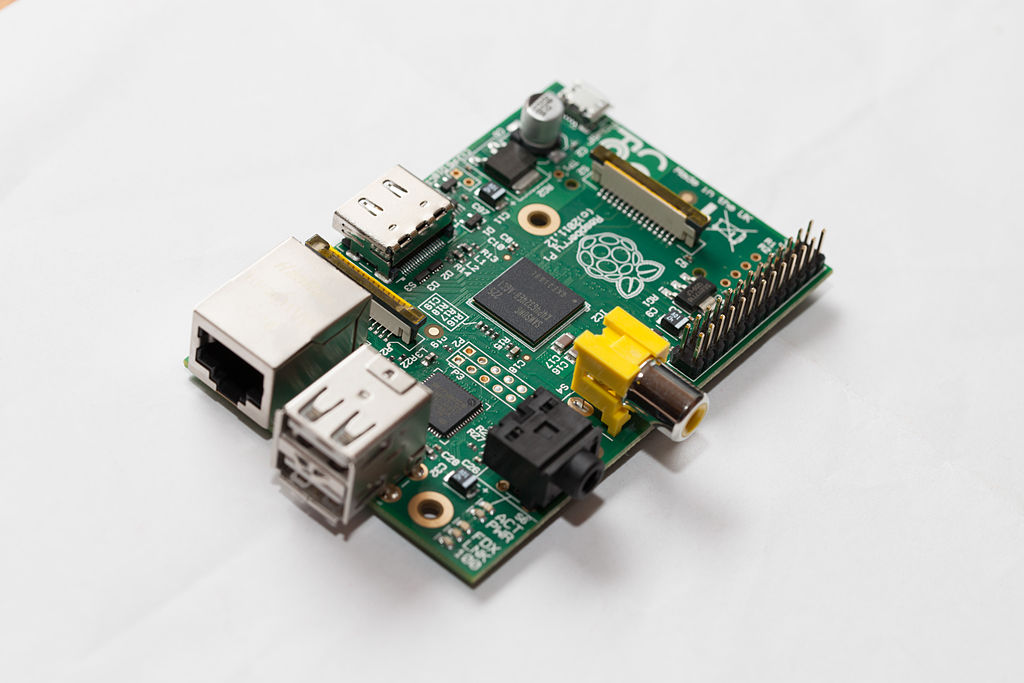
Whereas some Linux OSes go the minimalist route, Raspbian XP on the Pi instead includes a bunch of pre-installed software. Yet none of it is bloatware. Rather, I found most apps useful. There’s the LibreOffice suite for office productivity, various multimedia programs such as VLC, and emulators like Mupen64 for Nintendo 64 gameplay, PPSSPP for running PSP ROMs, and a Dreamcast emulator in Redream. It’s Box86 and DOSbox where Raspbian XP truly excels. By bundling software to help you run many Windows-only programs on a Raspberry Pi, it very closely mimics running Windows XP on a Raspberry Pi. You’ll be able to install a bunch of older video games and apps, such as Broken Sword, Medal of Honor: Allied Assault, and Doom.
The experience of using Raspbian XP is a total treat. Particularly retro-minded Raspberry Pi users, it’s a fun, functional Linux distro, and a well-crafted vanilla Raspbian alternative. I enjoy the aesthetic, but moreover, the slew of useful pre-installed software.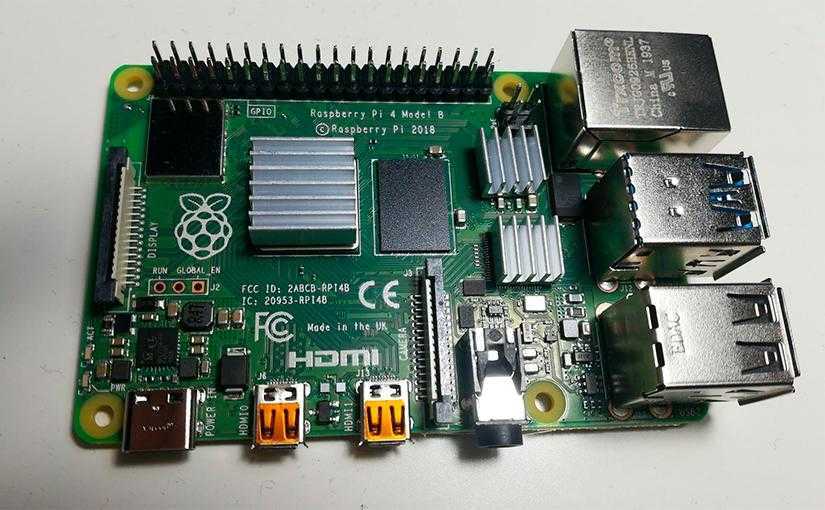 Sure, it’s a nostalgic romp, but the delight of using Raspbian XP derives from its functionality.
Sure, it’s a nostalgic romp, but the delight of using Raspbian XP derives from its functionality.
Build a Win XP Clone on a Raspberry Pi 4 — Should You Use Raspbian XP?
Raspbian XP is best for a desktop Linux operating system. At that, it’s an extraordinary OS. While Raspbian XP from Pi Labs isn’t necessarily anything you can’t build yourself, it’s extremely well designed. However, its roster of pre-installed programs can save you the time of downloading and setting up various apps on your own. I appreciate the mix of different programs, from office productivity tools to retro gaming emulators. Since the Raspberry Pi, with its revamped system-on-a-chip and up to 4GB of RAM, performs extremely well as a basic desktop PC, it’s refreshing to see Linux distros like Raspbian XP taking full advantage of the Pi for that purpose. With its old school vibes and plethora of pre-installed apps, Raspbian XP may be me my new daily driver distro on the Raspberry Pi 4.
Your turn: What Raspberry Pi OSes do you recommend?
Moe Long is an editor, writer, and tech buff with a particular appreciation for Linux, Raspberry Pis, and retro gaming. Writing online since 2013, Moe has bylines at MakeUseOf, TechBeacon, DZone, SmartHomeBeginner, DEV.to, DVD Netflix, and Electropages. You can read his writings on film and pop culture at Cup of Moe, check out his tech reviews, guides, and tutorials at Tech Up Your Life, and hear his thoughts on movies on the Celluloid Fiends podcast. Aside from writing and editing, Moe has an online course, the Beginner’s Guide to Affiliate Blogging From Scratch. When he’s not hammering away at his keyboard, he enjoys running, reading, watching cinema, listening to vinyl, and playing with his dog Sebastian.
Follow
Leave your feedback.
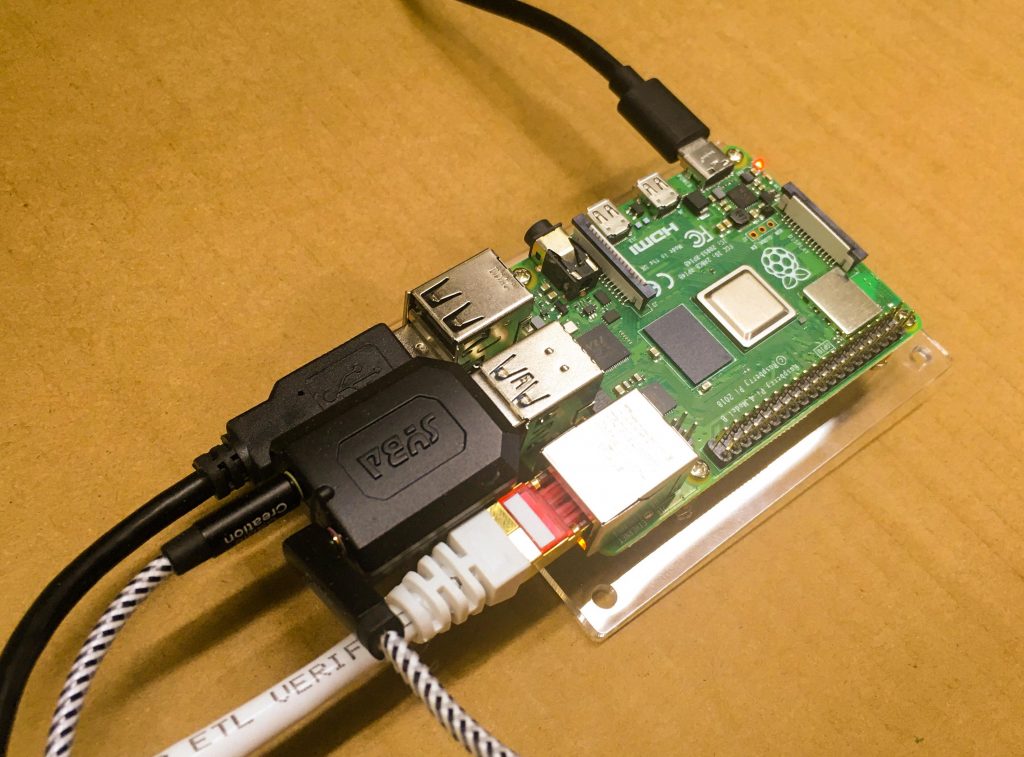 ..
..
Classic Windows on a $35 computer: How to fire up Windows 3.1, 95, 98 and XP on your Raspberry Pi
Classic Windows on a $35 computer: How to fire up Windows 3.1, 95, 98 and XP on your Raspberry Pi
Relive your youth by building a Pi-powered Windows 98 smartwatch or just by booting up classic 90’s operating systems on your Pi.
We may be compensated by vendors who appear on this page through methods such as affiliate links or sponsored partnerships. This may influence how and where their products appear on our site, but vendors cannot pay to influence the content of our reviews. For more info, visit our Terms of Use page.
Remember when Windows 98 needed a computer costing $1,000+ to run comfortably?
Almost 20 years later, the early Microsoft OS runs on a computer that sells for just $25 and that is so small it fits on your wrist.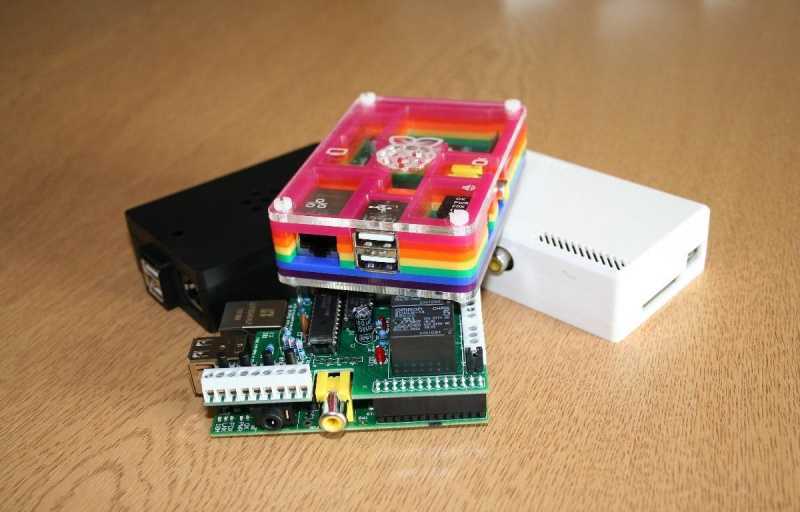
This Raspberry Pi-powered, Windows 98 wristwatch is a project by amateur technology enthusiast 314Reactor.
With a charming homemade look, the wristwatch uses tape and Sugru moldable glue to bind the Raspberry Pi Model A+ — the B+’s smaller and less powerful brother — to the attached touchscreen, battery, switch and power converter.
SEE: Raspberry Pi Zero W: Hands-on with the $10 board
More about Innovation
-
Sustainability and superapps top Gartner’s Top 10 2023 Trends List
-
The metaverse faces more than 8 potential cyberthreats
-
Zero-carbon, equitable and feeless: Recoding the blockchain
-
How to hire an IoT Architect (TechRepublic Premium)
To get the venerable OS running on the Pi’s ARM-based hardware, 314Reactor used the open-source machine emulator QEMU, which provides a virtual Intel 486 machine. He used his own copy of Windows 98, from which he extracted the necessary .img file.
He used his own copy of Windows 98, from which he extracted the necessary .img file.
Full instructions for building the watch are available here, along with much of the code needed. Adding the necessary hardware to the Pi was described as “relatively painless” by 314Reactor, provided you have experience hooking up electronics to the Pi’s general-purpose input/output (GPIO) pins.
As impressive as it is to run the OS on such a cheap computer, performance is rather sluggish, with 314Reactor overclocking the speed of the Pi’s CPU to 800MHz to boost its responsiveness.
If Windows 98 doesn’t prick your interest, then there are plenty of other classic Windows OSes you can run on the Pi.
Below is Windows 3.1, 95, and the recently departed XP, all running on the Raspberry Pi.
While the heavy toll of emulation slows the performance of most of these operating systems, Windows 3.1 seems to run as well as it did on computers costing hundreds of dollars in the early 1990s.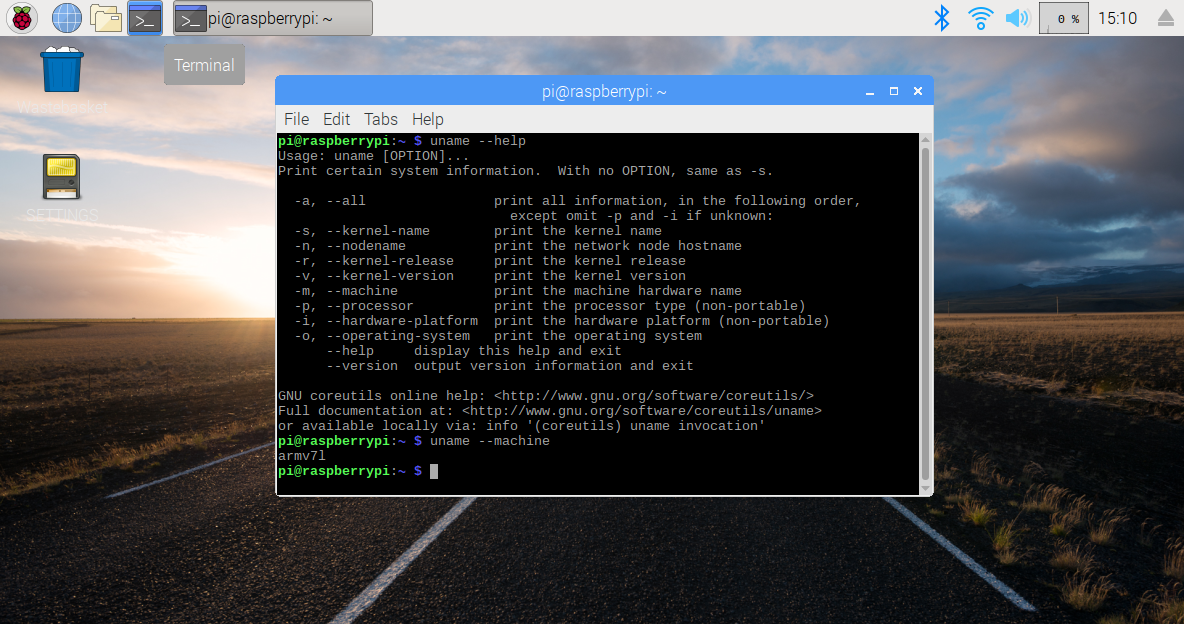
Running these emulations on the Raspberry Pi 3 Model B, the most recent and most powerful Pi, also appears to help a lot, with even XP seemingly just about useable on the Pi 3.
If you’ve got a Raspberry Pi and an old copy of Windows knocking around, then here’s what you need to do. Instructions for Windows 3.1 are available here, for Windows 95 here, for Windows 98 here and Windows XP here.
Last week the Raspberry Pi Foundation launched its latest board, the Raspberry Pi Zero W, a $10 computer that adds Wi-Fi and Bluetooth connectivity to the tiny Raspberry Pi Zero.
Windows 3.1
Windows 95
Windows XP
Read more about the Raspberry Pi
- Raspberry Pi: The smart person’s guide
- Raspberry Pi 3: The inside story from the new $35 computer’s creator
- Raspberry Pi rival: Asus launches Tinker Board, faster, with 2X memory and 4k video
- Choosing a Raspberry Pi OS? Here’s the definitive list
- New Raspberry Pi board: Compute Module 3 means you’ll see Pi in more products
- Raspberry Pi and Docker: Tiny $35 computer gets major new release of HypriotOS (ZDNet)
- Turn any hard drive into networked storage with Raspberry Pi (CNET)
Nick Heath
Published:
Modified:
See more Hardware
Share: Classic Windows on a $35 computer: How to fire up Windows 3. 1, 95, 98 and XP on your Raspberry Pi
1, 95, 98 and XP on your Raspberry Pi
-
Hardware
-
Microsoft
-
Open source
-
Software
Editor’s Picks
-
Image: Rawpixel/Adobe Stock
TechRepublic Premium
TechRepublic Premium editorial calendar: IT policies, checklists, toolkits, and research for download
TechRepublic Premium content helps you solve your toughest IT issues and jump-start your career or next project.
TechRepublic Staff
Published:
Modified:
Read MoreSee more TechRepublic Premium
-
Image: diy13/Adobe Stock
Software
Windows 11 22h3 is here
Windows 11 gets an annual update on September 20 plus monthly extra features.
 In enterprises, IT can choose when to roll those out.
In enterprises, IT can choose when to roll those out. Mary Branscombe
Published:
Modified:
Read MoreSee more Software
-
Image: Who is Danny/Adobe Stock
Edge
AI at the edge: 5 trends to watch
Edge AI offers opportunities for multiple applications. See what organizations are doing to incorporate it today and going forward.
Megan Crouse
Published:
Modified:
Read MoreSee more Edge
-
Image: Apple
Software
iPadOS cheat sheet: Everything you should know
This is a complete guide for Apple’s iPadOS.
 Find out more about iPadOS 16, supported devices, release dates and key features with our cheat sheet.
Find out more about iPadOS 16, supported devices, release dates and key features with our cheat sheet. TechRepublic Staff
Published:
Modified:
Read MoreSee more Software
- Image: Worawut/Adobe Stock
-
Image: Bumblee_Dee, iStock/Getty Images
Software
108 Excel tips every user should master
Whether you are a Microsoft Excel beginner or an advanced user, you’ll benefit from these step-by-step tutorials.
TechRepublic Staff
Published:
Modified:
Read MoreSee more Software
run Windows 3.
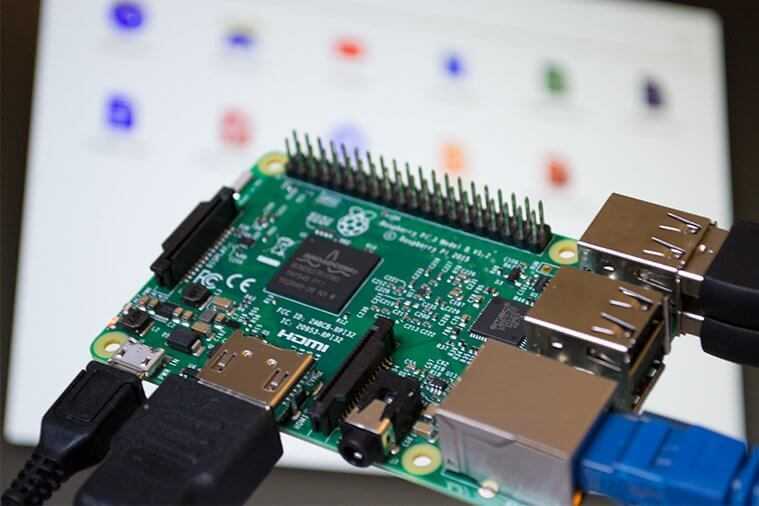 1, 95, 98 and XP on Raspberry Pi / Windows, Raspberry, computer
1, 95, 98 and XP on Raspberry Pi / Windows, Raspberry, computer
Revive youth!
We create a smart watch.
Launching a classic OS based on a laptop computer for schoolchildren.
It used to take a $1,000 computer to get Windows 98 to work correctly!
Nearly 20 years later, an early version of Microsoft’s operating system runs on a computer that sells for as little as $25-$35, with a Raspberry Pi so small it fits on your wrist.
In general, this is not an old system unit from the 1990s.
Wrist Raspberry Pi running Windows 98 — «project» of an amateur technology enthusiast under the nickname 314Reactor.
The wrist watch has a charming home design: the strap is made of insulating tape and moldable Sugru glue, on which the hardware part — the Raspberry Pi Model A + computer is “planted”.
Touch screen, battery, switch, and power converter connected to the computer.
Model A+ is the younger brother of the more powerful Raspberry Pi Model B+.
To make the venerable OS running on ARM hardware «befriend» the Pi, the brainbreaker used the open source QEMU emulator, which is an Intel 486 virtual machine.
It turns out that he created his own version of Windows 98.
Here is a complete instruction for creating a clock, as well as most of the necessary code.
The process of connecting the necessary hardware to the Raspberry Pi is described by the device’s creator as «relatively easy» if you have experience connecting electronics to a general purpose input/output interface (GPIO pin).
It’s impressive how the OS runs on a cheap computer with very sluggish performance.
However, the author of the gadget overclocked the speed of the Raspberry Pi processor to 800 MHz to increase its performance.
If Windows 98 isn’t your thing, there are plenty of other classic Microsoft operating systems that you can run on your Raspberry Pi.
Below are examples of Windows 3. 1, 95 and the recently retired XP.
1, 95 and the recently retired XP.
They all work great on the Raspberry Pi.
Although heavy emulation slows down most of the operating systems introduced, Windows 3.1 seems to run as fast as it did in the early 1990s on expensive computers.
Running emulation on a Raspberry Pi 3 Model B (the latest and most powerful computer in the series) seems to help — XP practically «flies».
Conclusion: If you have a Raspberry Pi, an old copy of Windows and a strong desire to suffer bullshit for the benefit of karma, then here’s what to do.
Instructions for emulation for Windows 3.1, Windows 95, Windows, Windows XP are available for review on the enthusiast site under the nickname 314Reactor.
Note that last week the Raspberry Pi Foundation released its new gadget, the Raspberry Pi Zero W.
This $10 board adds Wi-Fi and Bluetooth functionality to the tiny Raspberry Pi Zero computer.
Raspberry Pi Windows 3. 1
1
Raspberry Pi Windows 95
Raspberry Pi 3 Windows XP
Installing Windows on Raspberry PI 3. Detailed 9 steps0001
Installing Windows on a Raspberry Pi 3 is unusual, although it is commonly believed that the RPi is capable of even more than that. Is that so, we’ll figure it out.
First of all, you need to figure out which «Windows» we are talking about, because not any Windows will go on the Raspberry Pi 3. For example, it will be impossible to install old versions of Windows — the legendary Windows 7 and XP. Simply because these operating systems are assembled for certain processor architectures — x86 and x64.
And Raspberry has a proud ARM processor, and it has a completely different story. Therefore, adherents of these two systems should not try to find ways to install them on Rpi.
However, there is still a way out. On the Raspberry Pi 3, it is possible to install one of the versions of Windows 10, specially designed for ARM processors. But do not deceive yourself too much, because these will not be the “Windows” that we are used to seeing on our personal computers, laptops, tablets and even smartphones. In general, from Windows 10 it has only one name — Windows 10 IoT and the internal core on which this operating system is built.
Therefore, installing Windows on Raspberry Pi 3 will not give you the usual features of Windows, you will not be able to run the usual programs for it, such as Word, browser, games. And the most interesting thing is that you won’t even see the desktop.
How Windows is installed on the Raspberry Pi 3
Installing Windows on the Raspberry Pi 3 itself is a bit more complicated than installing the usual Windows.
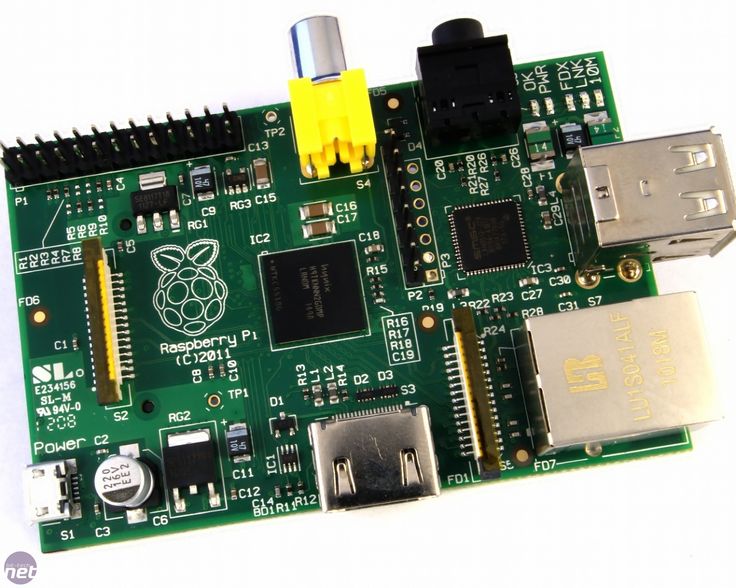
- Download three programs to the computer that installs Dozens on Raspberry Pi 3: MSVStudio 17, Dashboard, Windows IoT Remote Client.
- Open Dashboard. Find the «Setting up a new» tab, then select the device where you will record the system. At this point, the card is already installed in the card reader.
- You will need to enter a password and a device name. You will immediately need to enter the RPi model and the version of the system itself.
- Start recording the system if you have succeeded up to this point.
The installed Remote Client software may be needed when it is not possible to connect the Raspberry Pi 3 to the screen. Connect or not — only at your discretion. But usually when you first start the system after installing Windows, it is better to connect a monitor. This will make it easier to enter the previously specified password.
You will need the installed MSVStudio program for further work and interaction with the Raspberry Pi 3.
Using this program, you can write the necessary scripts and send them directly to the RPi 3.
Do I need to install Windows on Raspberry Pi 3 at all?
Do you need to install Windows on the Raspberry Pi 3 — you won’t answer right away. On the one hand, you can do without it so as not to bother yourself once again, but on the other hand, there are a number of people who are not averse:
- experiment with an OS unknown to them;
- study the capabilities and advantages of your «product»;
- just do something new.
A significant plus to installing Windows 10 on a Raspberry Pi 3 you can’t imagine right away. And all this is because several full-fledged alternative operating systems have already been invented for Rpi 3, the same Raspbian or something from the many Linux distributions.
Therefore, for the average user, installing Windows 10 on a Raspberry Pi 3 is a waste of time; Again, Linux is better.

